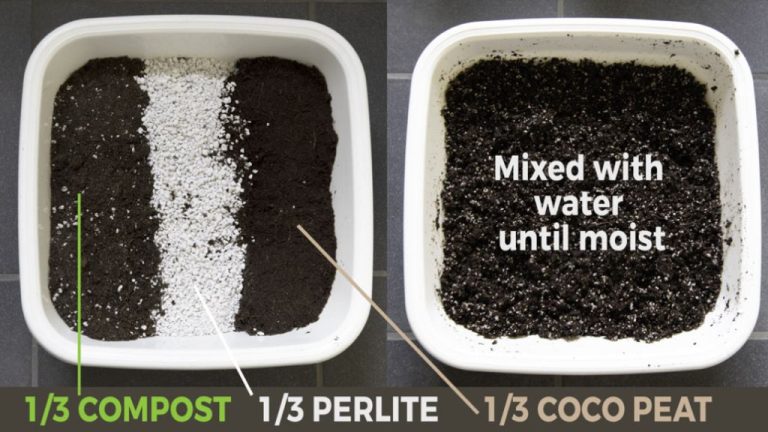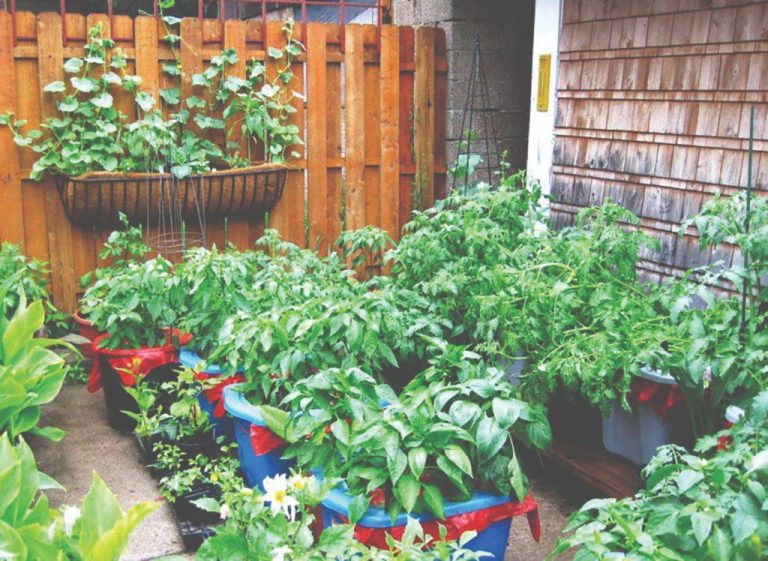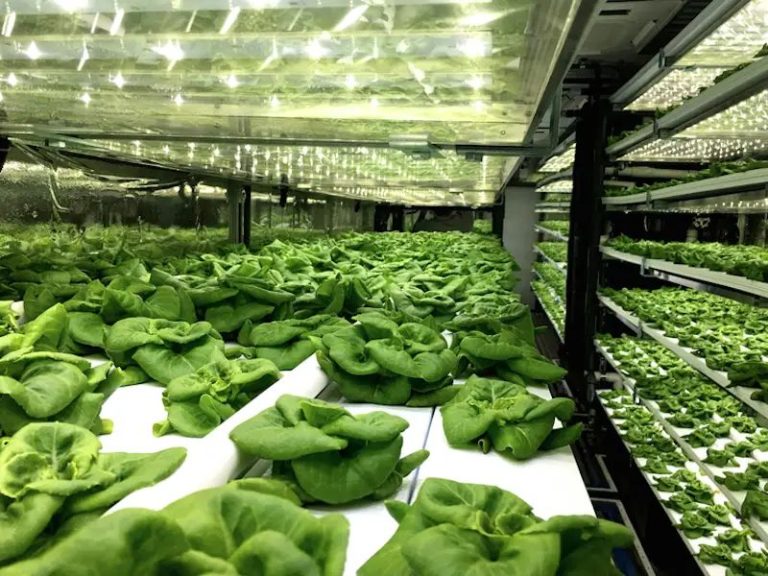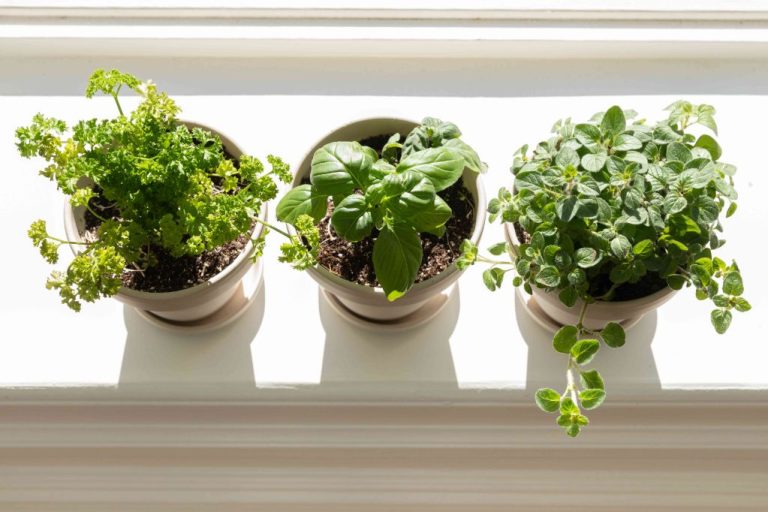Hydroponic Gardening: Growing Without Soil In Urban Environments
Hydroponics is the method of growing plants without soil, using mineral nutrient solutions in a water solvent. The roots are supported using an inert medium such as perlite, gravel, or other substrates.
The idea of growing plants in nutrient solutions dates back to the hanging gardens of Babylon. In the 1930s, UC Berkeley researchers developed nutrient film technique, which helped advance hydroponic gardening. NASA has used hydroponics to grow food for astronauts in space (https://coruzant.com/opinion/ways-hydroponic-gardening-benefits-space-travel/).
The benefits of hydroponics include faster growth, higher yields, less water usage, and the ability to grow plants anywhere. The drawbacks are higher startup costs and increased technical knowledge required. Overall, hydroponics allows efficient plant growth by directly providing nutrients to the roots.
Hydroponic Systems
There are several types of hydroponic systems to choose from. Each has its own pros and cons.
Wick systems are one of the simplest hydroponic methods. The plants are placed in a growing medium like perlite or vermiculite. An absorbent wick pulls up the nutrient solution from the reservoir below into the growing medium. Wick systems are great for beginners but don’t work well for larger plants. 1
Deep water culture (DWC) involves suspending plants above a reservoir of nutrient solution, with the roots dangling directly into the solution. Air pumps oxygenate the solution. DWC allows for rapid growth but maintaining adequate oxygenation can be tricky. 2
In ebb and flow (flood and drain) systems, the plants sit in a tray of growing medium. Periodically the trays are flooded with nutrient solution, then drained. Roots get adequate air and water. However, timing the floods takes precision.
Drip systems feed a constant small stream of nutrient solution to the roots. Excess drips back into the reservoir for recycling. Drip systems work well for plants with high water needs but can clog over time.
Each hydroponic system has advantages and drawbacks. When choosing a system, consider the types of plants, available space, and your level of experience.
Growing Mediums
Hydroponic systems need a medium to support the roots of plants and regulate moisture and nutrients. There are several options for growing mediums that each have their own benefits and drawbacks.
Some popular hydroponic growing mediums include:
- Mineral Wool – Made from molten rock, mineral wool retains moisture well and provides excellent aeration for roots. It must be pre-soaked before use to stabilize the pH.
- Coconut Coir – Coconut coir is sustainable and renewable, provides good aeration, and holds moisture well. It may initially contain high salt levels.
- Clay Pellets – Clay pellets allow high oxygen flow to roots while retaining some moisture. They are reusable but do not provide nutrients.
- Perlite – Perlite is an inexpensive medium made from volcanic glass that is lightweight and holds moisture well. It does not supply nutrients.
- Vermiculite – Vermiculite is a spongy material that retains moisture and nutrients. It provides less aeration than other mediums.
When selecting a hydroponic growing medium, consider factors like: drainage, aeration, ability to retain water and nutrients, reuse potential, and cost. Testing different mediums with the specific plants you want to grow can help determine the best option.
Most mediums besides soil need added nutrients to support plant growth. Using a combination of mediums can provide a good balance of moisture retention, drainage, and aeration for plant roots.
Plant Nutrients
Plants require essential macro and micronutrients to support healthy growth and development in a hydroponic system. The major macronutrients needed are nitrogen, phosphorus, potassium, calcium, magnesium, and sulfur. Micronutrients like iron, manganese, boron, zinc, copper, molybdenum, and chlorine are also required in smaller amounts.
To provide these nutrients, hydroponic gardeners use concentrated nutrient solutions that contain a precise blend. Popular options include General Hydroponics’ Flora Series, Humboldts Secret’s Golden Tree, and Advanced Nutrients’ Connoisseur. These solutions come in two parts (A and B) that are mixed together in specific ratios into your reservoir or feeding schedule (source). It’s crucial to follow instructions and mix properly for optimal plant health.
The nutrient concentration must be monitored and maintained in the right range for each crop’s needs. Too low leads to deficiencies, while too high causes nutrient burn. The pH and EC (electrical conductivity) of your nutrient solution should be checked frequently using meters to catch any fluctuations. Having stable pH around 5.5-6.5 and target EC levels prevents issues.
With proper nutrient solutions and monitoring, hydroponic plants can get all the essential macro and micronutrients they require without any soil involved.
Water Quality for Hydroponic Systems
Water quality is one of the most important components of a successful hydroponic system. The main water quality factors to monitor and control are pH, electrical conductivity (EC), and hardness. Maintaining optimal water quality keeps plants healthy and prevents issues like nutrient deficiencies.
The ideal pH range for hydroponic systems is 5.5 to 6.5. The pH affects nutrient availability to plant roots. If the pH drifts too high or low, certain nutrients get locked out and cannot be absorbed properly. This can quickly lead to deficiencies. Use a digital pH meter to test the water pH. Adjustments can be made by adding pH up or pH down solutions.
Electrical conductivity measures the amount of dissolved salts and nutrients in the water. An EC meter is used to test this. Target EC levels depend on the specific plants being grown, but a range of 1.2 to 2.5 mS/cm is typical for leafy greens and herbs. Adding more nutrient solutions increases the EC.
Water hardness refers to dissolved calcium and magnesium levels. Soft water is preferred, under 150 ppm. Hard water makes it difficult to properly adjust pH. Use a water softening system or reverse osmosis to reduce hardness if needed. Testing kits can measure water hardness.
By regularly monitoring and controlling these three critical factors, hydroponic gardeners can maintain an ideal water quality environment for healthy, thriving plants.
Lighting
Artificial lighting is crucial for hydroponic systems since there is no natural sunlight available. Grow lights need to provide the proper intensity and spectrum of light that plants need for photosynthesis. There are several types of grow lights used in hydroponics:
- LED lights – LEDs provide a full spectrum light source while running cool and using less electricity. They last for years with little degradation (Source: Lyfreen Grow Lights).
- Fluorescent lights – T5 and CFL fluorescent tubes are commonly used to provide moderate light levels for leafy greens and herbs (Source: Amazon).
- HID lights – Metal halide and high-pressure sodium lights produce intense light for flowering plants but run very hot. They are less efficient than LEDs (Source: Higronics).
The daily light integral (DLI) measures the amount of photosynthetically active radiation (PAR) that plants receive each day. Matching the DLI to the needs of each plant variety ensures optimal growth and yield. Photoperiod refers to the number of hours of light provided in a 24-hour period. The photoperiod triggers flowering in some plants so it must be controlled carefully.
Environmental Controls
Maintaining proper temperature, humidity, ventilation, and CO2 levels is critical for optimal growth in a hydroponic system. Unlike outdoor soil gardening, the grower has much more control over the environment in an indoor hydroponic system.

Ideal temperatures for most plants range from 70-80°F during the day and 60-70°F at night. Temperatures above 90°F can cause heat stress while prolonged exposure below 50°F can damage plants. Humidity levels between 60-80% are recommended to support healthy transpiration and prevent disease issues.
Adequate air circulation from fans and ventilation is needed to strengthen plants through wind movement and provide fresh air exchange. Ventilation also helps regulate temperature and humidity levels. Many growers add CO2 supplementation to enrich the air to levels of 1200-1500 ppm which can accelerate growth up to 30%.
Environmental control systems like thermostats, humidistats, air conditioners/heaters, dehumidifiers, ventilation fans, and CO2 generators/tanks allow hydroponic growers to optimize conditions for plant growth and development. Careful monitoring and maintenance of the environment is one of the keys to success with hydroponics.
According to one source, “Questions? send us an email at [email protected] if you have any further questions! environmental controls, hydroponics, LED lighting, plant growth, temperature, humidity, ventilation, co2 enrichment, monitors, generators, hydroponic environmental control” (https://indoor.ag/hortamericas-short-course-online-vertical-farming-systems-november-21-2020/).
Pest and Disease Management
Common pests for hydroponic systems include fungus gnats, shore flies, root aphids, spider mites, and thrips. Diseases like root rot, powdery mildew, and botrytis are also prevalent. Preventing issues before they start is key. Make sure to thoroughly clean systems between plantings, allow no standing water, ensure good air circulation and avoid overcrowding plants. Monitor frequently for any signs of pests or diseases.
If issues arise, there are effective organic treatment options. Products containing bacillus thuringiensis (Bt) can control fungus gnat larvae and caterpillars (https://www.gtghydroponics.com/). Insecticidal soaps, neem oil, and essential oils like rosemary, clove and peppermint oil can help combat many soft-bodied insects like aphids, mites and thrips (https://www.pinterest.com/pin/why-does-your-hydroponics-ph-drop-4-causes-and-fixes–263249540712672452/). For diseases, hydrogen peroxide or fungicides containing Bacillus subtilis may help curb issues like root rot without chemicals. Always follow any treatment with proper sanitation of the system.
Choosing Suitable Plants
When selecting plants for a hydroponic system, there are several factors to consider. Generally, the best plants for hydroponic growing are fast-growing plants that can thrive in a highly controlled environment. Some of the most popular hydroponic plants include:
Lettuces and leafy greens – Lettuce, spinach, kale, arugula and other leafy greens grow very quickly hydroponically. Their shallow root systems adapt well to hydroponic systems.
Herbs – Many fresh herbs like basil, mint, thyme, oregano, chives and parsley grow rapidly hydroponically and require less space than growing in soil. Herbs have great flavor when grown hydroponically.
Tomatoes – Tomato plants are prolific producers in hydroponic systems. The controlled environment allows you to produce ripe tomatoes year-round.
Peppers – Bell peppers, chili peppers and other varieties can be grown hydroponically for high yields. The ideal conditions allow you to grow sweeter, juicier peppers.
Cucumbers – Cucumbers vines grow well supported by hydroponic systems. They require ample water and nutrients to produce their fruits.
Strawberries – Strawberry plants produce flavorful fruits in hydroponic systems. Opt for everbearing varieties for continual harvests.
When selecting plants, it’s also important to consider factors like the plant’s growth habit, nutrition needs, and desired fruiting time. Bushy, compact plants are often preferred for small hydroponic systems. Refer to planting guides to ensure the plants’ nutritional needs will be met. And select plants that will produce and fruit within your desired timeframe.
Sources:
https://www.rainmakerssupply.com/hydroponic-growing-tips/what-can-you-grow-with-hydroponics/
Getting Started
For beginners, the easiest hydroponic systems to start with are wick systems, deep water culture (DWC), or nutrient film technique (NFT) as they require fewer components and are more forgiving than other systems. Wick systems use absorbent wicks to passively transport water and nutrients to the plants from a reservoir. DWC uses air pumps to oxygenate the nutrient solution that the roots sit directly in. NFT uses a shallow stream of nutrient solution flowing through channels that the roots are suspended in. Start with just a few plants like lettuce, herbs, or tomatoes to get the basics down before expanding.
When estimating costs, factor in things like the growing trays/pots, growing medium if using one, water pump and air pump if needed, tubing, net pots, nutrients, pH and EC meters, timers, grow lights if indoors, and seeds or seedlings. Expect an initial investment between $100-300 for a small starter system. Look for hydroponic suppliers online for specialized equipment and supplies like trays, pumps, and nutrients formulated for hydroponics.
Sources:






